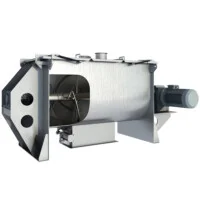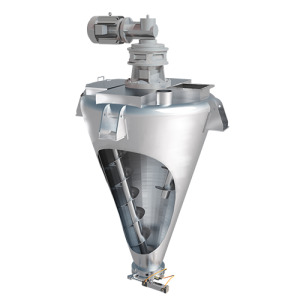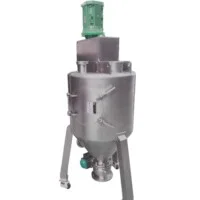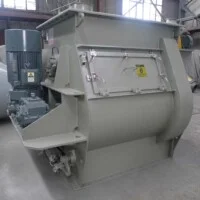How to Measure the Bulk Density?
A leading mixer manufacturing company has published a step-by-step guide on accurately measuring bulk density—a crucial parameter in processing powders and granular materials. The guide outlines an easy method using everyday tools like a container and a digital scale. It includes a practical example involving a dental chew powder mixture, demonstrating how to calculate bulk density using a 15-liter container and simple subtraction. The result: a bulk density of 0.6667 kg/L.
Understanding bulk density is vital for optimizing machine performance, packaging efficiency, storage planning, and maintaining product consistency. The company encourages manufacturers to repeat the test for accuracy and offers support to those seeking to improve their material processing.
For more guidance or to learn how precision mixing equipment can elevate your operations, contact us directly.
As a mixer manufacturing company, we understand how important it is for our customers to know the bulk density of their materials. Bulk density plays a crucial role in determining machine’s volume, packaging volume, transport requirements, storage capacity, and even performance in downstream processes. Fortunately, measuring bulk density is a simple process that can be done using just a few tools and a straightforward formula.
What is bulk density?
Bulk density is defined as the mass of a material divided by the total volume it occupies, including both the particles and the spaces between them. The formula looks as following:
- Bulk Density=Mass of the powder/Total volume it occupied
Step-by-Step Example: Measuring Bulk Density of a Powder Mixture
Let’s walk through a real example from our customer using a powder mixture used for dental chews:
What you’ll need for measuring:
- A known-volume container (preferably marked with liter measurements)
- A digital scale
- Your well-mixed powder sample
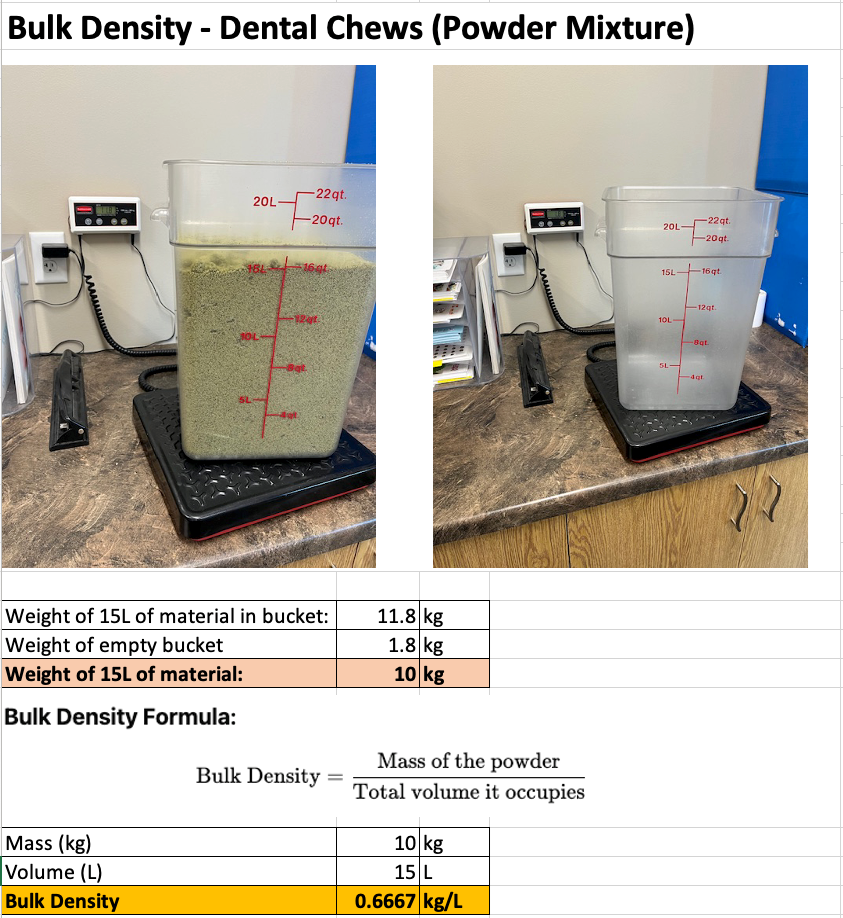 measuring the bulk density of the dental chews
measuring the bulk density of the dental chews
Step 1: Weigh the Empty Container
Weigh your container when it's completely empty. In our example, the empty plastic bucket weighs: 1.8 kg
Step 2: Fill the Container with Material
Fill the container to a specific volume marking. We used th...
+ Read more
Step 1: Weigh the Empty Container
Weigh your container when it's completely empty. In our example, the empty plastic bucket weighs: 1.8 kg
Step 2: Fill the Container with Material
Fill the container to a specific volume marking. We used the 15-liter (15L) mark.
Step 3: Weigh the Filled Container
Place the filled container on the same scale. In our case, the weight was: 11.8 kg
Step 4: Subtract the Weight of the Empty Container
Now, subtract the empty container's weight to find the net weight of the material: 11.8kg−1.8kg=10kg
Step 5: Calculate the Bulk Density
Use the formula:Bulk Density=10kg/15L=0.6667kg/L
Final Result:
Bulk Density = 0.6667 kg/L
Why It Matters:
Knowing your product's bulk density helps:
- Optimize batching and mixing times
- Ensure consistent fill weights in packaging
- Improve transport and storage planning
- Maintain product quality from batch to batch
Pro Tips:
- Always use a container with clear volume markings.
- Make sure your material is well-mixed before testing.
- Tap or level the container lightly to ensure consistent packing without compressing the powder.
- Repeat the process a few times and average the values for better accuracy.
If you need help determining the bulk density of your materials—or want to improve your mixing consistency—don’t hesitate to contact us. Our equipment is engineered to deliver the precision and repeatability your process deserves.
- Read less
Published by Vortex Industrial Technology Co., Ltd on Apr 21, 2025










